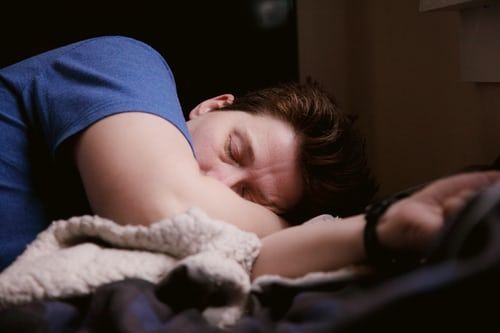Daylight saving time has been used in the United States as an energy-saving practice since World War I. But shifting clocks an hour forward and an hour backwards twice a year also takes a toll on the sleep patterns of millions of Americans and affects the quality of sleep. A study published in the Epidemiology journal in 2017 found that the number of seasonal depressive episodes jumped by an 11% at the end of daylight saving, which took over approximately 10 weeks to dissipate. “Distress associated with the sudden advancement of sunset, marking the coming of a long period of short days, may explain this finding,” the study said.
Which states are getting rid of daylight saving time?
And you would need more than that extra hour of sleep that you think would be enough to erase the sleep debt, according to experts. Setting up a sleep routine and slowly adjusting your sleep pattern are recommended to make the daylight saving time transition more effectively.
Dr. Kannan Ramar, professor of medicine at the Center for Sleep Medicine at the Mayo Clinic in Rochester, Minnesota, says going to sleep around the same time each night will make sure that you’re going to sleep early enough to get seven to eight hours of rest.
Victim of hormonal imbalance? Know symptoms, probable remedies for relief
People should also limit exposure to light at least 30 minutes before bedtime, Ramar told CNN. Meditation, avoid a large meal before bedtime and caffeine intake in the afternoon are also suggested.
Exposure to bright, natural light can prove beneficial to people with seasonal affective disorder as this is known to increase the levels of the neurotransmitter serotonin or the “happy hormone”, as can physical activity in daylight or light boxes that mimic outdoor sunlight.
However, if the symptoms of seasonal affective disorder impacting your ability to function for more than two weeks, it is time to seek help from a medical professional.







